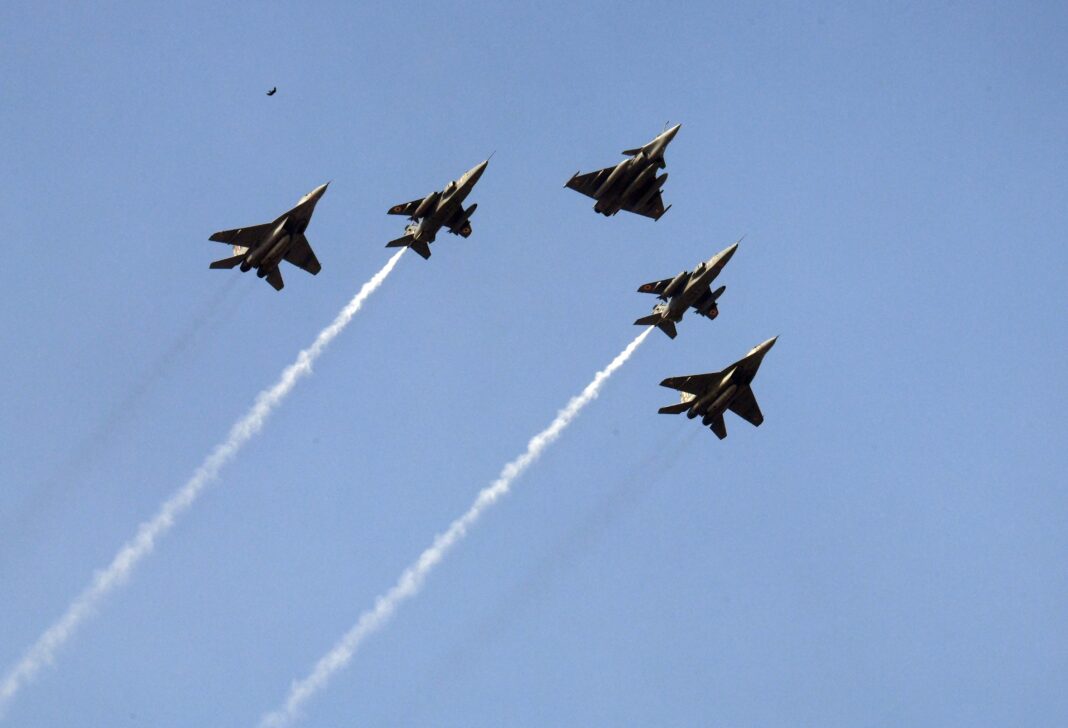[ad_1]
Camels decked in colourful finery, aerial shows with fleets in dazzling formations and elaborate tableaux of various states. This is how India celebrates January 26 every year. On Thursday too, the country celebrated its 74th Republic Day, where hundreds of Indians braved the January chill to watch the parade.
The parade saw many firsts. The “Daredevils” motorcycle riders from the Corps of Signals were co-led by a woman officer, Agniveers marched alongside other armed forces and the Narcotics Control Bureau had its tableau. Abdel Fattah El-Sisi, the president of Egypt, was invited as the chief guest.
The parade marks one of the most significant events of the year. The participants practice for months before the actual event and thousands of security personnel are mobilised to ensure security around the parade venue. But why does India celebrate Republic Day with a parade?
Show of Strength
The history of military parades can be tracked as far back as the Mesopotamian civilisation. In Babylon, the warrior kings marched through the sacred Gate of Ishtar under the murals of gods. Later, during the Roman Empire, the winning generals marched surrounded by cheering crowds.
According to a report by The Indian Express, such marches were organised to leave a mark on the minds of the onlookers. In the 19th century, these parades were organised in Europe to instill the feeling of nationalism. Today, almost every major country in the world organises such parades on different days.
Parades and Indian History
During the colonial period, Britishers used to organise royal parades. This was to show their power to Indians as well as to the other major powers in the world. With India’s independence in 1947, the government decided to keep going with the tradition.
The first parade of independent India was organised on January 26, 1950, to mark the first Republic Day. The Indian Constitution came into effect on that day and it symbolised the victory over colonial rule.
The first parade was held in Irwin Amphitheatre, now called Major Dhyan Chand National Stadium, when Rajendra Prasad, India’s first president, was sworn-in. A marching contingent of 3,000 men with guns and Liberator planes paraded to celebrate the occasion.
The parade shifted to Rajpath, now named Kartavya Path, in 1955. Pakistan’s governor-general Malik Gulam Mohammed was invited as the chief guest.
Over the years, the parades have become grander in scale. More and more states participate espousing a national identity. Children, women and men march together to show their unity and contribution towards India’s progress.
“For Indians, the parade is primarily a symbolic affair that reinforces their identity as part of a powerful republic,” historian Srinath Raghavan earlier told BBC. But for many, it is also an expression of their empowerment and freedom.
[ad_2]
Source link



